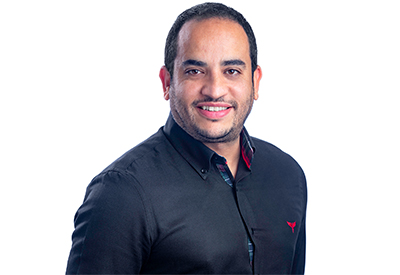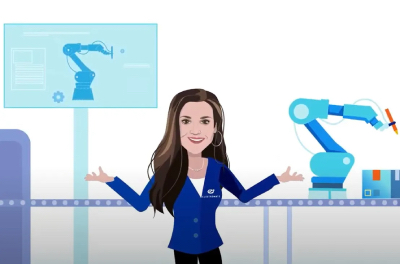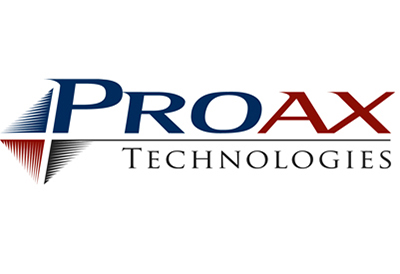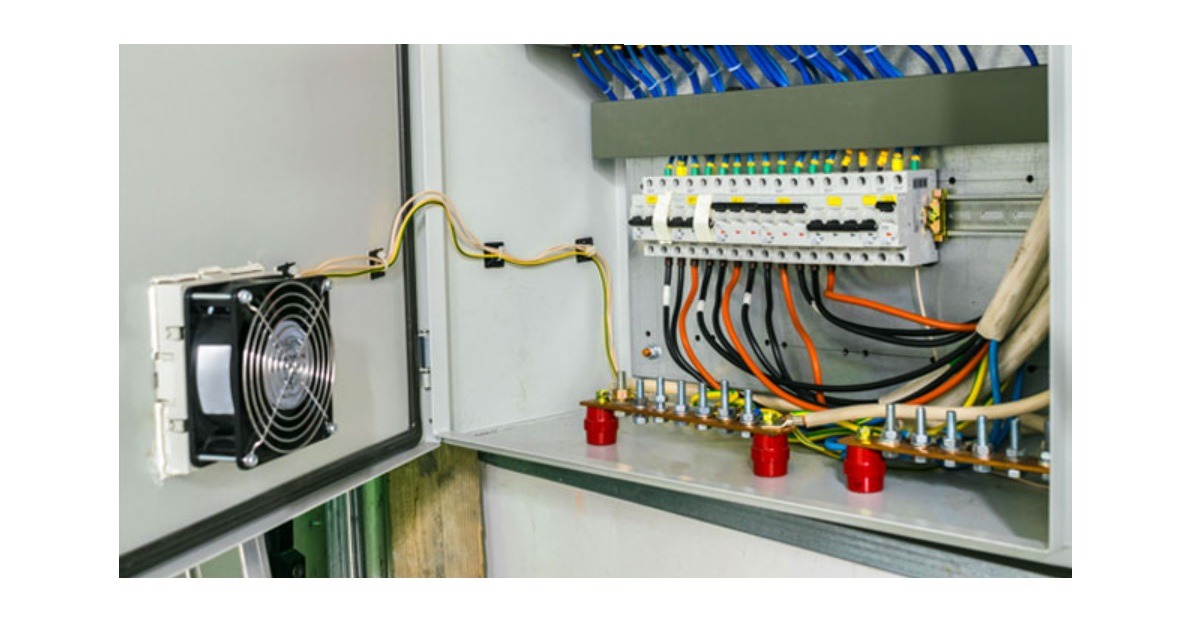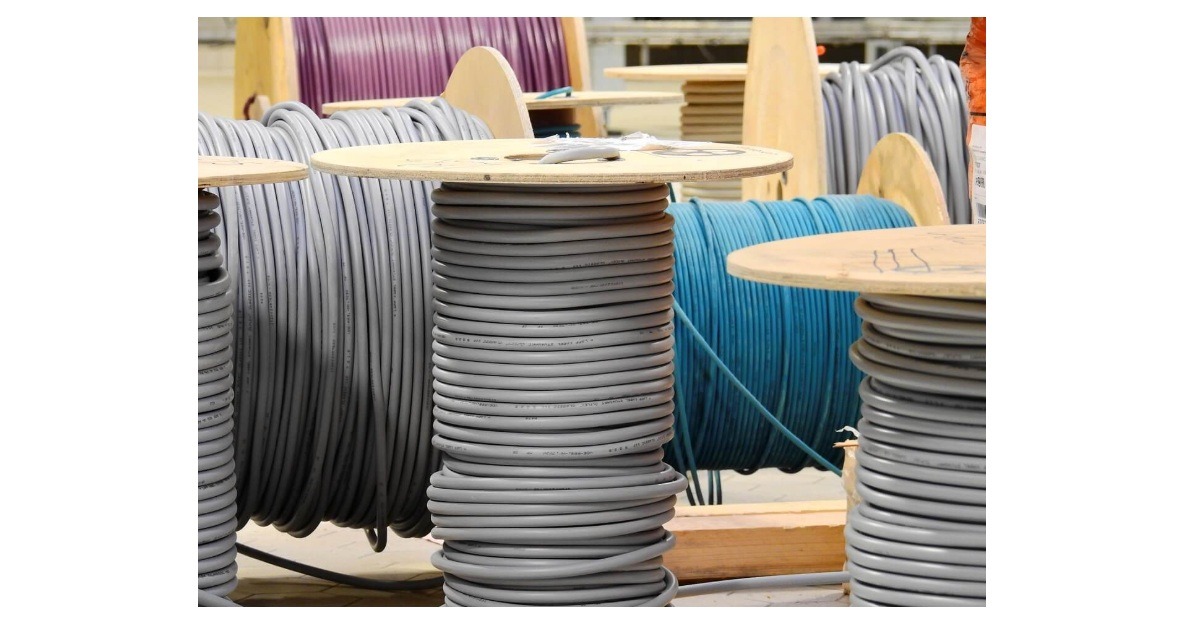Coordinated Systems = Limitless Potential: Digitally Supported Switchgear Engineering

By Paresh Kansara, Rittal Product Manager – Industrial & Outdoor Enclosures
What do NBA sportsmen like the world champions from Toronto, The Raptors, and the workings of their teams, have in common with system technology from Rittal and Eplan? More than you might expect. In short, both operate on an “all for one and one for all” basis. Both demonstrate how coordinated systems that link together can tap into unimagined potential.
North American basketball is a heady mix of speed, precision and power, with individual players relentlessly pushing their performance to the limit and beyond, all for the good of the team.
Action on the field is now backed-up by digital technology such as play-call plans on tablets and live-data analysis. This combination of athleticism and tactics has been proven, time and again, to optimise the team performance both in the successes of the system coaches and the enthusiasm of the fans.
It’s an interplay between enclosure system technology and software which can also be seen as comparable with the relationship between Rittal and Eplan.
When companies are planning and implementing systems in line with their requirements, they always have to bear in mind the potential need for future modifications and the importance of cost-efficiency. Rittal and Eplan are continuously developing their individual system portfolios, then combining value-enhancing process steps in engineering, design, work preparation and production to create a seamless value chain.
When it comes to efficiency, it’s always important to scrutinise long-standing processes – many major innovations have been introduced by using this approach in order to develop solutions that deliver more.
One specific example is wiring. Wiring accounts for the largest proportion of the total time needed to build an enclosure – around 50 percent.
The conventional approach is to prepare each wire in advance, a process that involves cutting every strand to length, crimping it and labelling it, which takes on average just under two minutes to complete per strand.
Thinking Ahead Speeds Things Up
I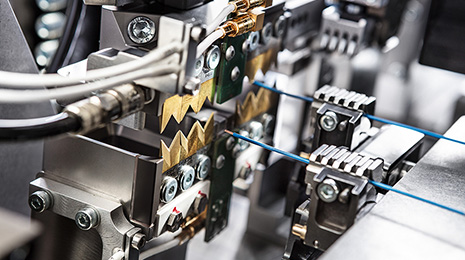 t’s a job that can be considerably expedited if the necessary connections can be factored in at the planning stage, with the ideal routes identified and the required wire lengths also calculated.
t’s a job that can be considerably expedited if the necessary connections can be factored in at the planning stage, with the ideal routes identified and the required wire lengths also calculated.
The physical execution of everything that has been thought through while the electronics were being designed – the functionally defined electrical connections – can be planned in Eplan Pro Panel.
Thomas Weichsel, Head of Product Management at Eplan, advises, “By linking together engineering and production, companies can create perfectly coordinated combinations of software solutions, system technology, machinery and services.”
The added value this offers is easy to appreciate. End-to-end solutions give businesses the opportunity to boost productivity and efficiency across all aspects of the product creation process and beyond.
An electrician needs four-and-a-half minutes to replicate an electrical connection shown on a circuit diagram in actual components in an enclosure. Breaking this down:
- Just under a third (31 percent) of that time is spent on preparatory work such as reading the wiring schematic and locating the source and target.
- Another 13 percent of the time goes on preparing the wire itself – working out roughly the right route and length.
- The remaining 56 percent of the time is taken up by the physical creation of the connection – cutting the wire to length, fitting the cable terminal end, crimping it and installing it.
“More often than not during the wiring process, electricians will flick through the entire wiring schematic several times over to piece together the information they need and flesh it out where necessary,” Weichsel points out.
About a third of the total working time is thus lost on reading and accurately interpreting the documents.
The Eplan Smart Wiring assistance system is designed to simplify wiring. The software uses a digital prototype to provide wiring technicians with all the information they need.
It clearly visualises the wiring process step by step – even on mobile devices, if required.
Weichsel explains, “This leads wiring technicians systematically through their list of tasks,” which clearly makes the otherwise very complex process of wiring much more straightforward.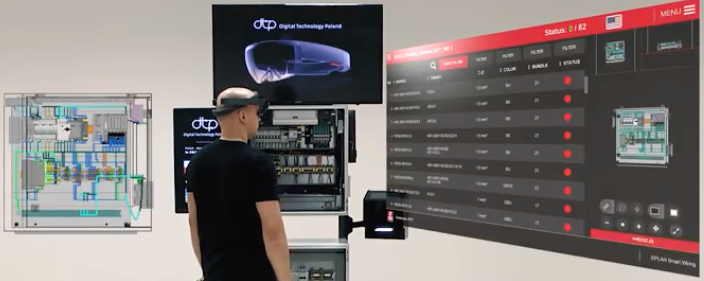
“If you can read, you can wire – there’s no need for classic circuit diagrams anymore,” he advises.
Most users still consider the classic wiring plan pocket to be the go-to repository for all the information and documentation needed for service and maintenance work, including equipment lists, parts lists, terminal diagrams and, of course, a print-out of the circuit diagram. It’s similar to the play call sheets that quarterbacks consult during an American football game.
However, that’s set to change in the future. A central information management tool is destined to offer end-users, as well as machinery and plant operators, digital access to system documentation. This digital wiring plan folder could allow users with the necessary access rights to view all relevant documents.
The advantages are clear – documentation is securely and centrally administered, available at all times and always up to date.
Clearly identified on a digital basis
The digital documentation is linked to the enclosure by a unique, patented component QR code, meaning that every Rittal enclosure, their components and accessories, carry a unique labelling system such as this when they leave the plant. The code ensures Rittal enclosures globally can be clearly identified.
An app from Rittal can be used to scan the QR code for accessing information on enclosure items or using Rittal Digital Information Management to view the Eplan project for the enclosure or machine.
What’s more, even red-lining scenarios in service and maintenance can be mapped out by linking up to Eplan eVIEW, the new cloud solution from Eplan.
Fully comprehensive solutions for optimising processes in enclosure building will help users make real progress.
That means combined hardware and software solutions, product-related data and holistic services for process integration throughout the customer’s operations.
If all the solutions really come together, the end result is optimisation – whether in enclosure building or on the football field. In other words, when the whole team pulls together, combines everyone’s strengths and puts the best people in exactly the right positions, it becomes possible to achieve peak performance.
Further information at www.rittal.ca or on Twitter@rittalCA or Instagram #rittalcanada.


